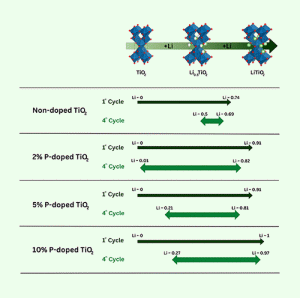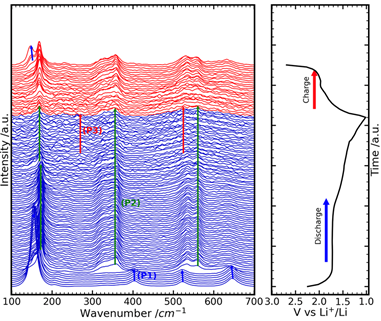Ultrafast Dynamics in Rechargeable Batteries

With the rapid development of rechargeable battery technologies, such as lithium-ion batteries (LIBs), understanding the internal mechanisms of charging and discharging is essential to improving their efficiency, lifespan, and safety. Ultrafast spectroscopy, with its femtosecond-scale temporal resolution, allows for real-time exploration of these fast processes, offering unique insights into in-operando studies of the materials used in batteries.
Unlike traditional techniques such as in-situ Raman spectroscopy or X-ray diffraction (XRD), which identify structural changes in battery materials, ultrafast spectroscopy captures the ultrafast dynamics of electron and ion movements. It is particularly useful for studying charge transfer mechanisms, phase transition kinetics, and interfacial phenomena, which occur on timescales ranging from milliseconds to femtoseconds.
For example, in phosphorus-doped titanium dioxide (TiO₂) anodes, ultrafast spectroscopy can provide crucial information on the effects of doping on electrochemical dynamics. It helps to better understand how phosphorus atoms alter the TiO₂ structure and influence lithium-ion insertion and extraction processes.
By combining these ultrafast spectroscopy techniques with traditional in-situ methods, it becomes possible to develop higher-performing battery materials, offering higher energy densities, faster charging rates, and greater durability, thereby addressing the growing need for efficient and safe energy storage solutions.

References:
A. El Bendali, M. Aqil, L. Hdidou, N. El Halya, K. El Ouardi, J. Alami, D. Boschetto, M. Dahbi, « The Electrochemical and Structural Changes of Phosphorus-Doped TiO2 through In Situ Raman and In Situ X-Ray Diffraction Analysis », ACS Omega 9, 14911 (2024)
Contact: Davide Boschetto
People involved: Ayoub El Bendali et Davide Boschetto


